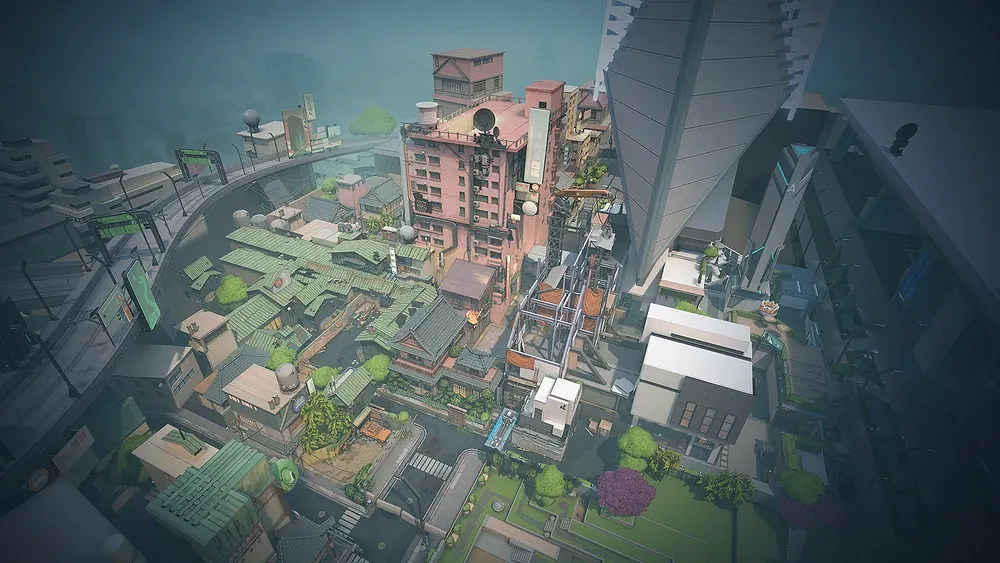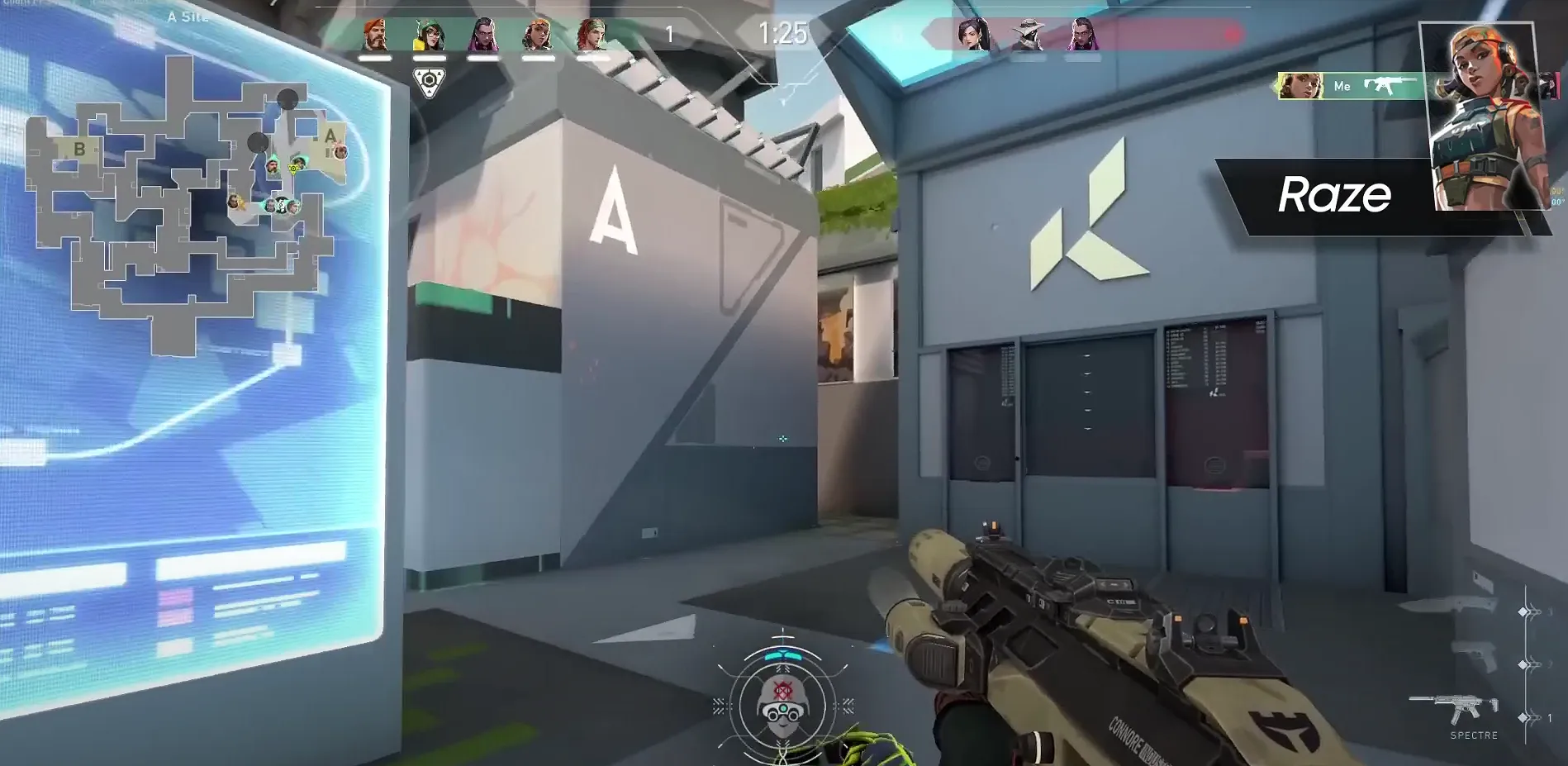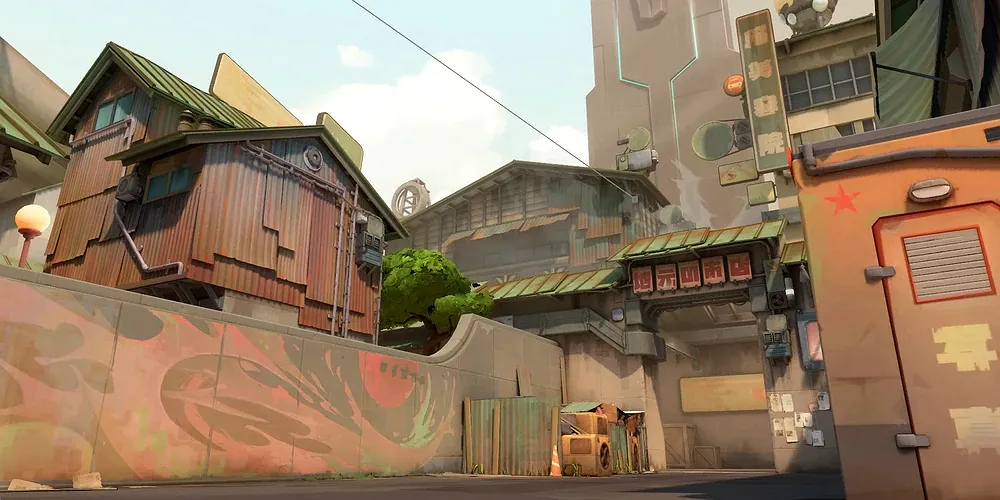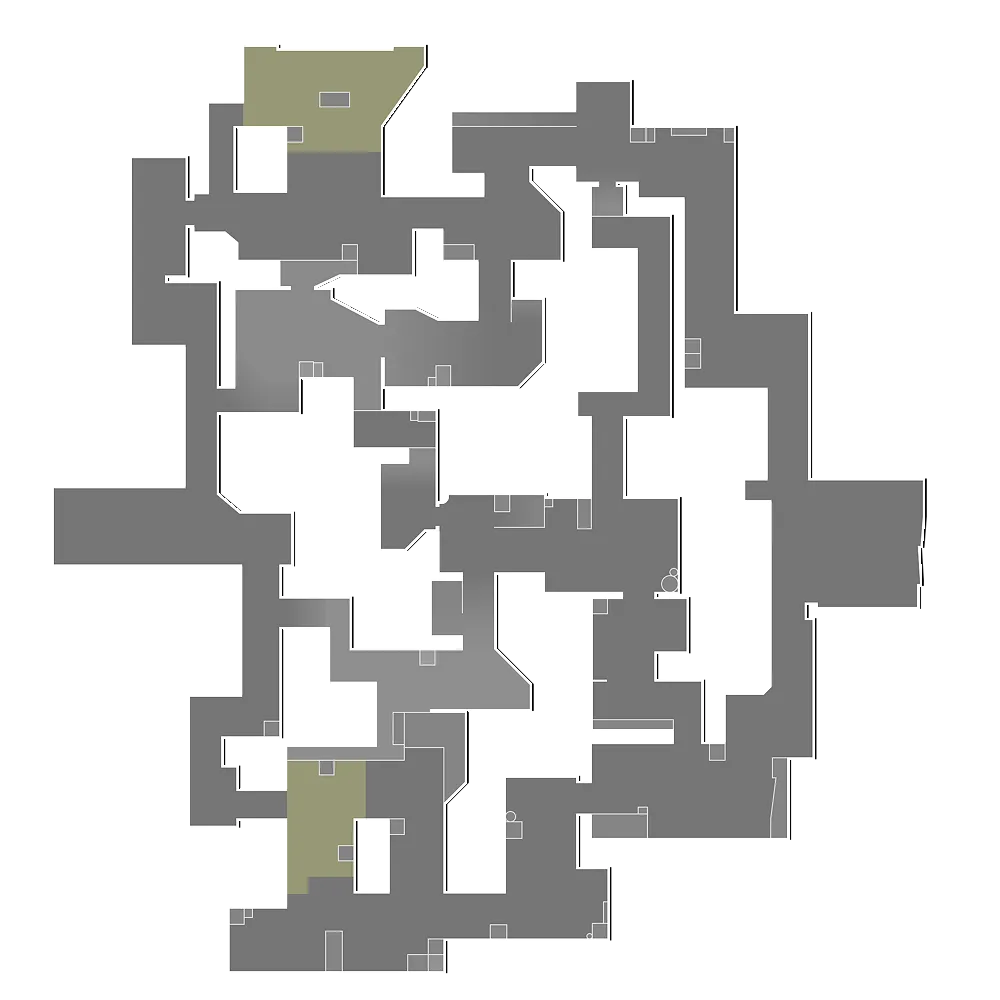Split Valorant: Map Overview
Some Valorant maps test your aim. Split tests your discipline.

Known for its tight angles, vertical control, and punishing mid fights, Split is a map that rewards coordination and punishes hesitation. This guide breaks down everything you need to know about Split Valorants.
Split Map Overview
Split is one of Valorant’s tightest and most punishing maps and that’s exactly why it's a favorite for players who love calculated control. The map is built around three main lanes: A Site, Mid, and B Site. But unlike most maps, Split favors defenders due to narrow chokepoints, fast rotations, and strong high-ground positions like Heaven on both sites.
Services such as Valorant Boosting offer players a shortcut through early hurdles, letting them focus more on decision-making and less on ranking struggles.
Split Valorant Layout
Split is built around verticality and tight corridors. Unlike wide-open maps like Breeze or Sunset, Split forces close encounters, sharp aim, and smart utility use. The map is split into three main zones: A Site, Mid, and B Site, with rope ascenders enabling rapid movement between levels.

Understanding how these areas interact is the first step to mastering Split Valorant.
Split Valorant Callouts
Below is a full breakdown of essential locations on Split Valorant, organized by area.

Best Agents for Split Valorant (2025)
Due to its tight chokepoints, vertical layouts, and reliance on mid control, here are the top agents to run on Split in the current meta:

Split rewards synergy and spacing, so build comps that support each other. Getting stuck in narrow sites without utility is a death sentence here. If you're aiming for better rank progression and more consistent games, services like Valorant Rank Boost can help streamline the process while ensuring high performance through expert-level gameplay.
Split Valorant Map Tactics: Attacking and Defending
Understanding when to take space and how to hold it can swing the round. Let’s break it down from both sides.

Attacking on Split
Split is notoriously tough for attackers. Tight entry points and fast defender rotations make site takes difficult without coordination.
Defensive on Split
Split naturally favors defense but only if you use the map’s choke points and high ground well.
Tips and Tricks for Split Map Valorant
Below are key tips to help you dominate this vertical battleground:
- Mid is the central lane that links both spike sites. Losing Mid means giving the attackers full map access. Always prioritize this area — use controllers to smoke choke points, and sentinels to hold early pushes. Whether you're pushing Vents or Mail, success here often dictates the tempo of the match.
- Split’s rope ascenders allow vertical movement, especially around Vents, A Sewer, and B Heaven. They're useful for repositioning, but loud and predictable. Time your climbs after using flashes or distractions, and always assume someone’s holding the rope sound.
- Defenders have the advantage on Split if they use it correctly. Agents like Sage, Cypher, and Killjoy can delay entries and control space with minimal risk. Place traps, slow zones, or turret angles where attackers have to expose themselves. Smart utility buys time and breaks momentum.
- High-ground positions define combat on Split: A Heaven, B Tower, Rafters, and Mid Vents all offer sightline advantages. When entering or retaking sites, always pre-aim elevated spots and check rafters before committing.
- Split retakes are difficult due to tight space and vertical stacking. Don’t panic. Save key abilities like smokes, flashes, or ultimates for the post-plant phase. Take space together, clear crossfires, and isolate duels with utility. A coordinated retake is always better than a rushed one.
Conclusion
Split remains one of the most structurally demanding maps in Valorant. Mastering Split understanding how the map shapes timing, rotations, and pressure. Players who develop a strong grasp of Split often see improvements across all maps. It sharpens decision-making, coordination, and map awareness skills that translate far beyond a single location.
FAQ
Yes, statistically and tactically, Split map Valorant leans defensive. Tight entry points and fast rotates give defenders the upper hand unless attackers gain Mid control.
Raze, Cypher, Omen, and Skye are all top picks. Raze dominates close angles, Cypher locks down flanks, and Omen controls space with smokes and TP. Skye is a strong initiator thanks to her info-gathering and heals.
Use smokes or walls to block vision from B Heaven and Vents. Then clear Cubby and push with flashes or utility. Timing and coordination are everything here.
Change Log
- 22.05.2025 - Split Valorant: Map Overview published.


